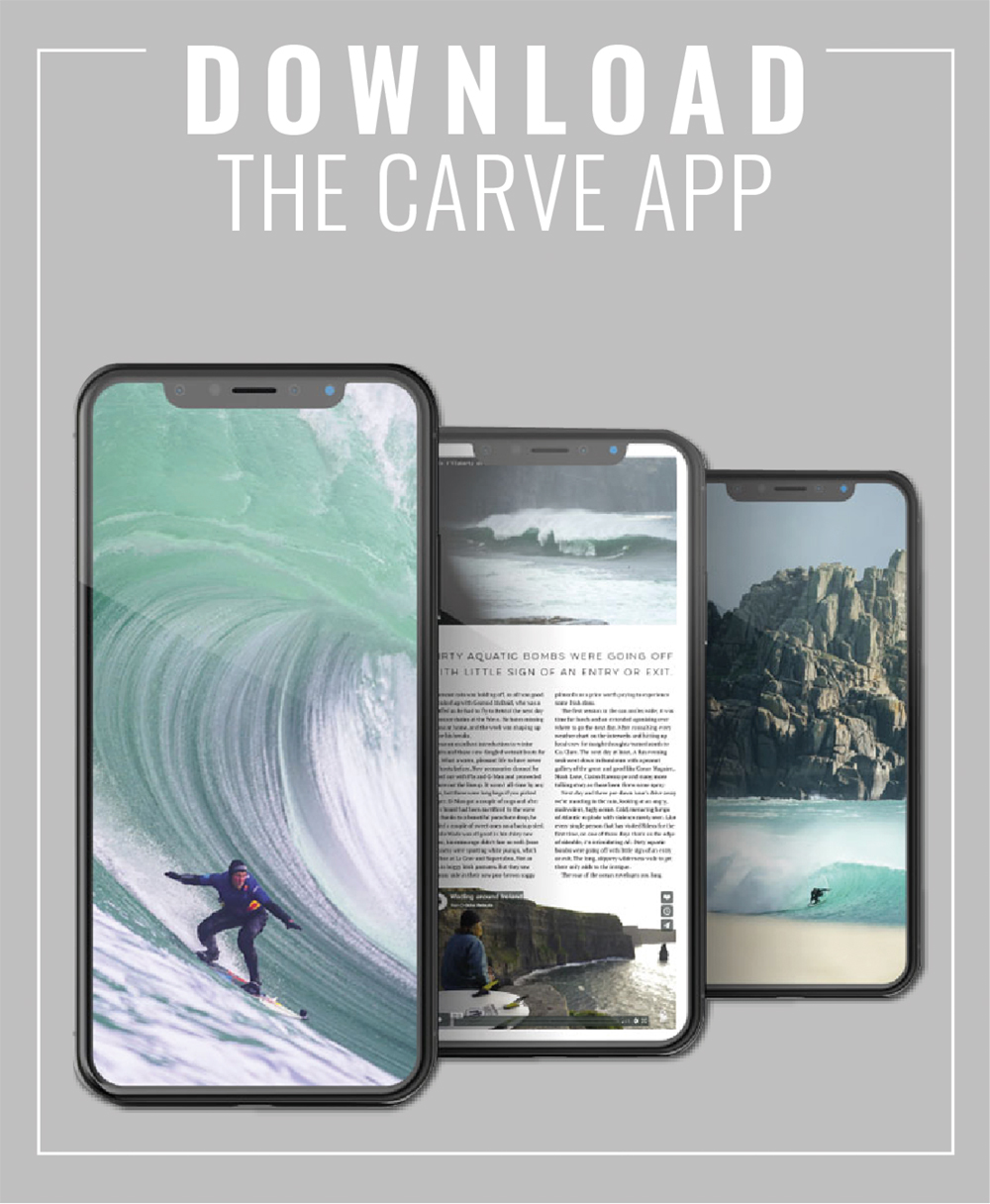Tahiti is part of French Polynesia, a region made up of 115 tropical islands scattered over an area bigger than Europe. Tahiti itself is the largest island in the region; its neighbour Moorea is 11 miles away. The first westerners to reach the islands were Spanish explorers in the 1760’s. Captain Cook claimed Bora Bora and several of the other islands for England in 1777; but a few years later the French muscled their way in and the islands have been a French Overseas Territory ever since. If you’re a good surfer with a big wallet and you like the idea of powerful waves, stunning scenery and friendly locals, then Tahiti is the place for you.
When to go The climate is tropical all year round, with the average daytime temperature being 27¡C (80¡F). The biggest swells hit between April and September. The water is warm – you only need shorts and a rash vest. Slap on plenty of sunblock because the sun is really intense.
How to get there Several airlines offer flights to Faa’a, Tahiti’s international airport, with return fares around £600. Since round-the-world airfares are only a couple of hundred quid more, however, it’s best to go for that option and stop off at Tahiti en route to a couple of other places. You don’t need a visa if you’re staying less than three months.
The waves Most of the best spots are reef pass waves a long way from shore. Nearly all the waves are powerful and heavy, which really makes Tahiti a place for experts only. The most famous wave is Tapuna, a few minutes’ drive from the capital city, Papeete. It’s a consistent left-hander with a juicy bowl section which breaks over a sharp reef, 100 yards from shore. For years, Tapuna was Vetea David’s uncrowded playground (he lives nearby, up on the hill). There are more surfers there now, but a short drive south opens up a whole new area of top quality reefs.
At Maara there’s a world class right-hander on one side of the pass, and an awesome left-hander on the other. It can hold big swells but it often gets blown out before mid-day. Teahupoo is Tahiti’s Pipeline. The venue of the Gotcha Pro for the last two years, it’s a grinding left-hander which can hold swells to 15 feet. Tamae, on the island of Moorea, is a very fickle wave that needs a straight south swell and preferably no wind. It doesn’t break perfectly often, but when it does, it’s insane. When Gary Elkerton and French charger Thierry Domenech got it good last year, they were calling it the best right-hander they’d ever surfed. It’s just about the only wave in the islands that break close to the shore – the reef wraps around the edge of the northern tip of the island creating a tropical J-Bay. On a good day you can get slotted in five different bowling sections while your mates chew fresh pineapple on the white coral beach.
Prices and accommodation Of course, paradise has its price and French Polynesia is one of the most expensive places on the planet. Hotel prices are astronomical, and even if you live the nomad surfer’s lifestyle your expenses will go over budget sooner than you expected. But it will be worth it. Spencer paid £30 a day (food included) to stay in a villagers’ house at Teahupoo. The local currency is the Pacific Franc.





